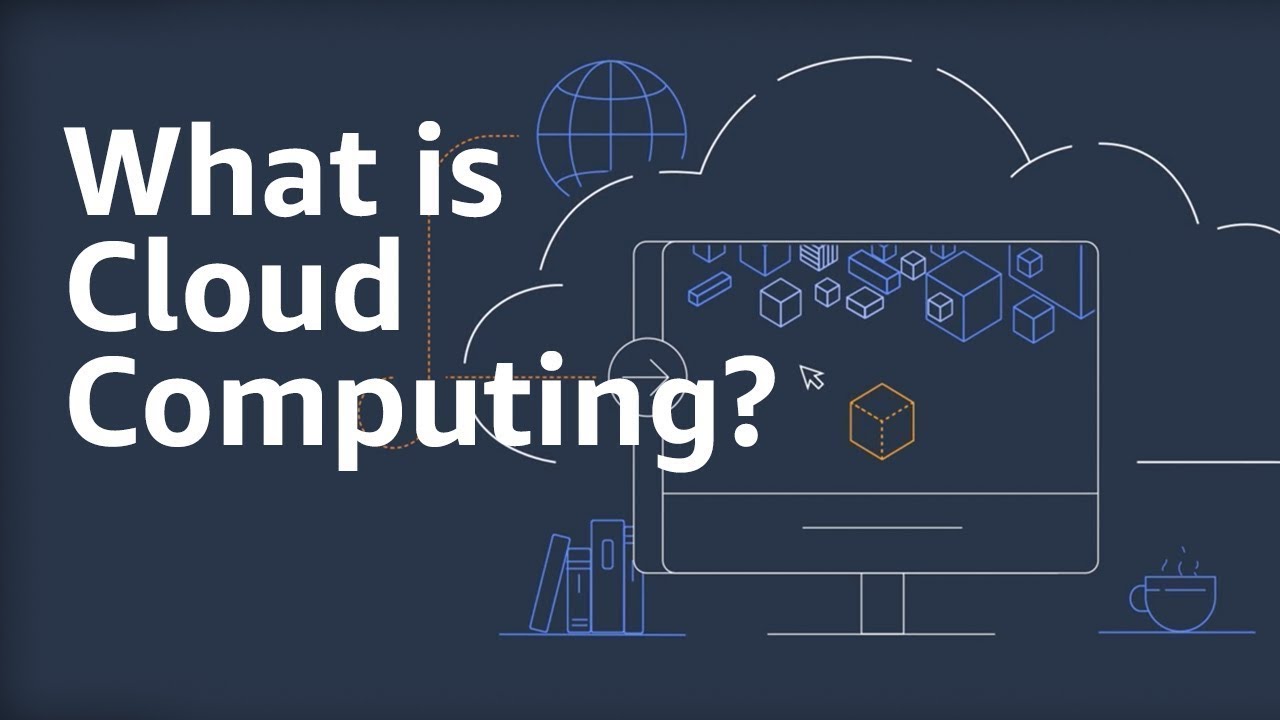Cloud computing refers to on-demand availability of computer system resources. This includes data storage and computing power. The cloud is also used for software as a service (SaaS), which is a form of web-based service that allows users to access and run applications without purchasing software directly from the developer. Besides software, the cloud can also provide access to databases and other storage services.
Software as a service (SaaS)
Software as a Service (SaaS) is a licensing model that delivers enterprise applications as a cloud-based service. Unlike traditional software, SaaS requires little upfront investment and is easy to update. This delivery method allows users to access applications from anywhere.
The SaaS market includes a wide variety of players, from the giants such as Amazon, Microsoft and Google to small, single-product vendors. They offer a range of products, from video streaming services to IT business analytics tools.
A business looking to adopt SaaS must create a solid foundation and build the product with best practices in mind. There are a number of challenges to overcome. First, the product must meet the needs of the target audience. It also must provide an excellent user experience. Secondly, there must be regular upgrades and maintenance to prevent issues. Finally, there must be a consistent shipping cadence.
The SaaS delivery model enables customers to have access to the application from any location with a web browser. Often, the application is integrated with other business applications. Some examples include Dropbox, Office 365, and Salesforce.
Public cloud
Public cloud computing is a low cost and highly scalable solution that offers great flexibility and the agility to grow your business. It provides a high degree of mobility and security to your data, without requiring you to purchase your own IT infrastructure.
In a public cloud environment, resources are virtualized into pools that are shared by multiple users. This gives you a scalable solution that allows you to meet peaks in workloads and increase computing power as needed. You can also scale resources up or down when necessary.
There are many benefits to the public cloud, but it comes with its share of pitfalls. Businesses may have to change their business model or adapt their procedures to take advantage of the new technology.
The most important benefit is the ability to scale up or down to accommodate fluctuating resource demands. As a result, you can launch new offerings more quickly. However, if your IT stack isn’t designed to handle these spikes, you might find yourself in a technical debt quagmire.
Hybrid cloud
Hybrid cloud computing refers to using a combination of internal, private and public clouds to achieve business goals. With this strategy, organizations can better utilize the advantages of each. In addition, the solution offers control, flexibility and the opportunity to scale.
The most obvious benefit of hybrid cloud is increased control over data. Organizations can now break up their data to meet various regulations. For example, financial services companies can safely store customer information in a private cloud. This allows them to offer improved customer experience.
Other important features include the ability to burst applications to the public cloud for extra capacity. This can save costs by extending resources when necessary.
It is also worth noting that hybrid cloud solutions offer the most efficient way to run your business, as well as the quickest way to deploy your services. These can eliminate disruptions, enabling your service to continue when workloads spike.
A hybrid model also provides the flexibility to take advantage of the best technologies. It is not uncommon for individual applications to demand large fluctuations in resource usage. When that happens, your organization’s data center can become a bottleneck.
Multi-cloud system
A multi-cloud system is a cloud computing environment that is based on multiple clouds. It is typically used to create a resilient infrastructure with flexibility and agility. It can also help organizations achieve five-nines availability and lower the risk of single point of failure.
Multi-cloud computing allows organizations to choose from a wide array of services and solutions. This gives CIOs the opportunity to provide value to customers while keeping their business running at full capacity. However, it comes with several challenges.
The first roadblock is the cost of setting up the multi-cloud environment. Companies can opt for a pay-as-go structure to minimize the costs. Another key challenge is the complexity of managing several providers.
Conclusion
The multi-cloud architecture must be designed carefully to ensure a successful deployment. Managing workloads across several environments requires expertise in security and tracking. Moreover, it is important to ensure a secure cloud environment that does not expose any vulnerabilities.



